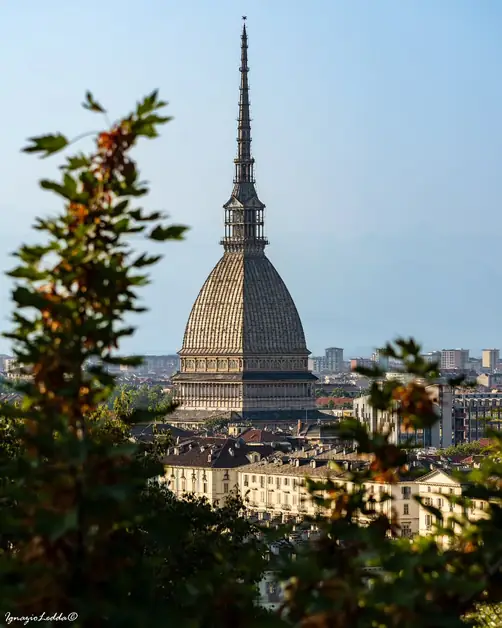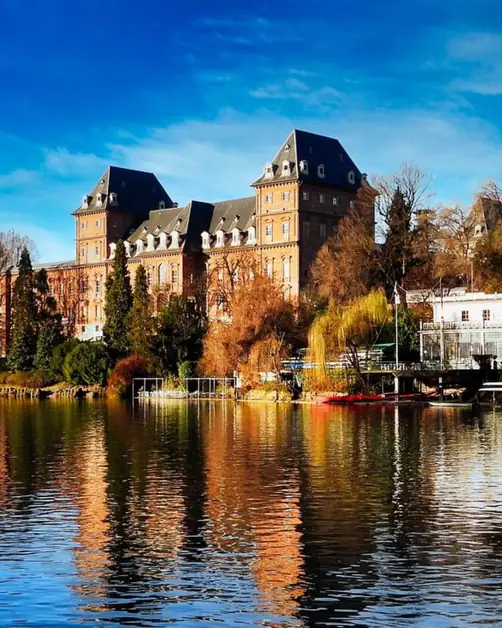Turin the first capital of Italy and its charm
Turin, the first capital of Italy, offers history and charm.

Why was Turin the first capital of Italy?
Turin became the first capital of Italy on March 17, 1861, the day the Kingdom of Italy was proclaimed. This choice was not casual: the Piedmontese city was already the capital of the Kingdom of Sardinia, the cradle of the Risorgimento movement and the seat of the Savoy monarchy. It was from here that the process of national unification began, led by figures such as Camillo Benso Count of Cavour and Vittorio Emanuele II. Turin thus represented the political, cultural, and symbolic heart of the new Italian state.
What is the historical significance of Turin as the capital of the Kingdom of Italy?
Being the capital meant for Turin to take on a leading role in the construction of the country. Here were the ministries, the Parliament, and the royal residences. The city became a laboratory of modernization, a center where new laws were discussed and the development policies of the newborn Kingdom were defined. Walking today through the center, one can still admire the buildings that were protagonists of that extraordinary historical period.
Which monuments recall the monarchical era of Turin?
Among the symbolic places of that time stand out the Royal Palace, residence of the Savoy, and Palazzo Madama, which hosted the first Senate of the Kingdom of Italy. Do not miss Palazzo Carignano, where Carlo Alberto was born and where the Kingdom was proclaimed in 1861. Today it houses the Museum of the Italian Risorgimento, a reference point for those who wish to deepen the history of unification. The Reggia di Venaria Reale, just outside the city, also represents a perfect example of Savoy magnificence.
Where can you relive the history of the Risorgimento in Turin?
In addition to the Museum of the Risorgimento, located on Via Accademia delle Scienze, Turin offers numerous historical itineraries. You can visit the squares where the main political events took place, such as Piazza Castello and Piazza Carlo Alberto, and the streets frequented by intellectuals and patriots. Walking through these places, one can still breathe the atmosphere of an Italy that was born amid ideals of freedom and progress.
Which famous figures lived or worked in Turin?
Turin has hosted great protagonists of art, culture, and science. In addition to Cavour and Vittorio Emanuele II, we find writers such as Edmondo De Amicis, author of Cuore, and philosophers like Antonio Gramsci, founder of the newspaper L’Ordine Nuovo. The scientific world also owes much to Turin: figures such as Galileo Ferraris, inventor of the alternating current motor, worked here. Not surprisingly, Turin soon became a capital of innovation.
When and why did Turin lose the title of capital?
In 1864, three years after unification, the capital was moved to Florence following agreements between the Kingdom of Italy and Napoleon III of France. The decision caused great disappointment among the people of Turin, leading to demonstrations and clashes known as the riots of 1864. However, the loss of the title did not stop the city's development: on the contrary, Turin reacted with energy and enterprise.
How did Turin transform after losing the title of capital?
After the transfer of the capital, Turin reinvented itself as an industrial and cultural center. New factories were established, the automotive sector developed, and the city became a reference point for the Italian industrial revolution. In 1884, it hosted the Great Italian General Exposition, an event that celebrated the scientific and technical progress of the country, placing Turin among the most modern cities in Europe.
What are the most important museums to visit today in Turin?
Turin boasts some of the most prestigious museums in Italy. In addition to the Museum of the Risorgimento, we find the famous Egyptian Museum, the second in the world after that of Cairo, and the National Automobile Museum, dedicated to the history of the Italian automotive industry. Art lovers cannot miss the Galleria Sabauda and the MAO – Museum of Oriental Art. Each museum tells a part of Turin's identity, a city where history and innovation coexist.
What role did Turin play in the birth of the Italian industry?
Turin is known as the cradle of Italian industry. Here, in 1899, FIAT was founded, a symbol of industrial Italy and the evolution of work in the twentieth century. The workshops and factories of Turin transformed the city into an economic engine for the entire country. Even today, the industrial imprint is visible in the redeveloped neighborhoods, such as Lingotto, now home to cultural spaces, hotels, and conference centers.
How does Turin present itself today to tourists?
Today, Turin is a modern, elegant, and welcoming city. Its monumental squares, historic cafes, endless porticos, and popular markets make it an ideal destination for tourists of all ages. It is a city that combines tradition and innovation, where one can move from the baroque charm of the center to the contemporary vibrancy of the redeveloped neighborhoods. Not surprisingly, many consider it one of the most fascinating cities in Italy.
What are the symbolic places to see in Turin over a weekend?
In a weekend, you can visit the main attractions: the Mole Antonelliana, which houses the National Museum of Cinema, the Valentino Park with the Medieval Village, and of course the Royal Palaces. Walking along Via Roma, you arrive at Piazza San Carlo, known as the "salotto di Torino". From there, it is easy to reach Via Po and the river, where the panorama opens up to the Turin Hills and the Basilica of Superga.
What culinary experiences should not be missed in Turin?
Turin is also a capital of taste. Here, the gianduiotto, the bicerin, and some of the most famous Italian chocolate houses were born. In restaurants and trattorias, you can taste typical dishes such as agnolotti del plin, bagna cauda, vitello tonnato, and torinese grissini. Furthermore, Turin is the homeland of the aperitif: a purely Piedmontese ritual to be experienced in historic venues or in the elegant squares of the center.
Why visit Turin today?
Turin is a city that surprises those who visit for the first time. It is a perfect destination for those who love history, art, gastronomy, and architecture. It offers itineraries for every interest: from Savoy paths to museums, from panoramic hills to contemporary venues. With its discreet elegance and authentic atmosphere, Turin invites you to discover a different Italy, rich in charm and memory.




